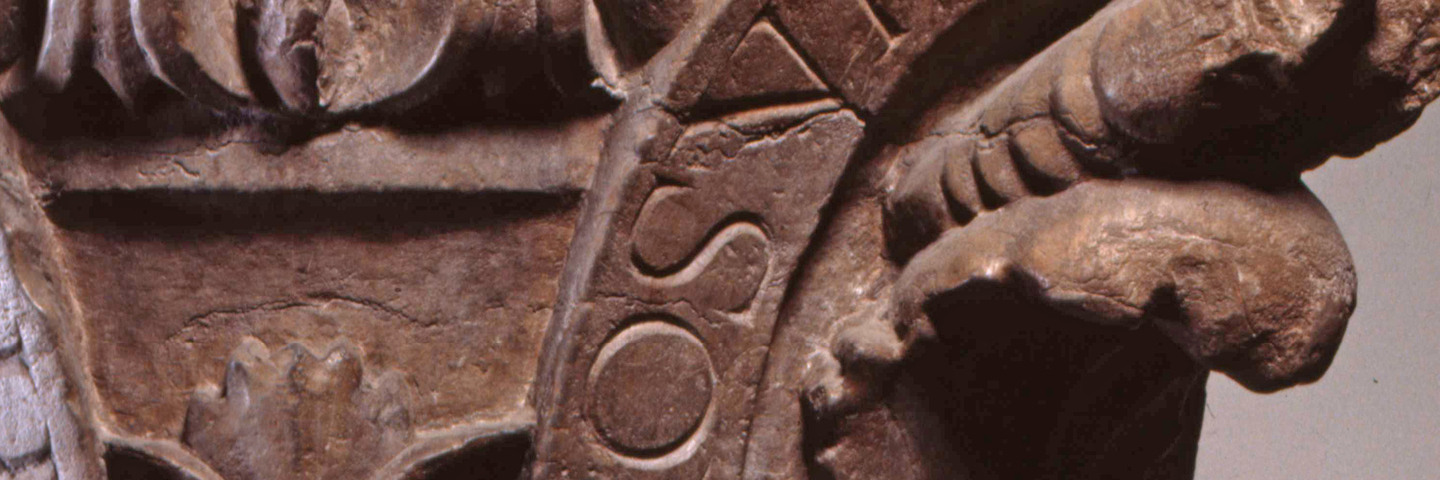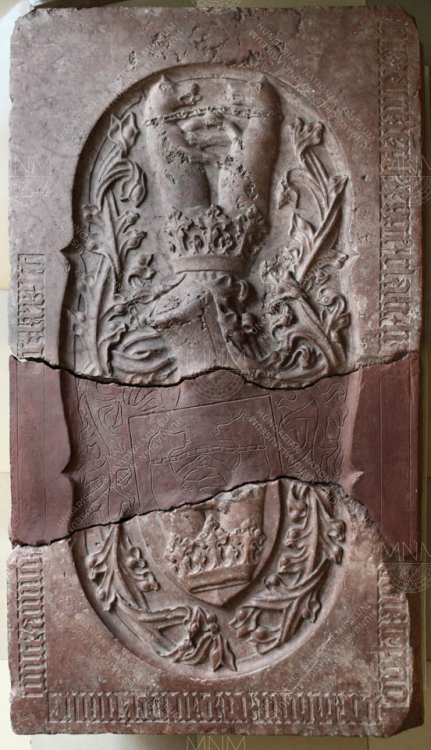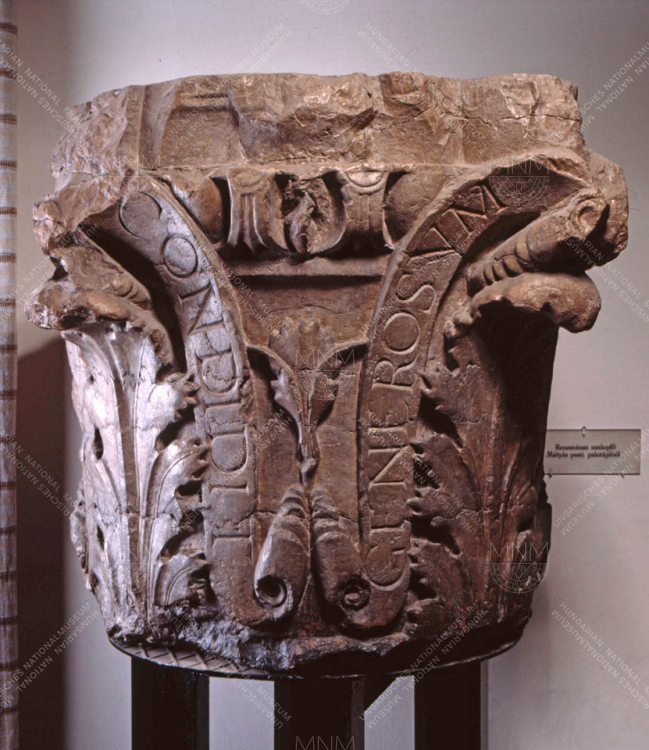
A large part of the Collection, which runs to several hundred works of art, consists of tombstones and fragments of tombstones. Architectural relics in small number also belong to the Collection; the most significant among these are carved stones from the buildings of the Provostry of the Virgin Mary in Székesfehérvár, on account of the role this complex played in the history of Hungary. At the same time, these artefacts are early witnesses to interest by art historians and archaeologists in material relics of the country’s past: they derive from the collection maintaned by the Székesfehérvár diocese, which was founded in 1777, and from excavations performed by Imre Henszlmann in 1862. The Museum also holds a few architectural fragments from Buda Castle. Other pieces in the collection illuminate the most important phases in the history of architecture in Hungary during the Middle Ages. Because of the many wars affecting Hungary, and especially the 150-year-long period of Ottoman rule in the country, not only did medieval buildings, including churches, become ruinous, but so, too, did sepulchral monuments erected within churches or in close proximity to them. For this reason, many tomb fragments and intact stone elements of the smaller kind reached the Museum as archaeological finds or even as pieces recovered from walling when buildings were knocked down. The significance of the Collection stems from the fact that in addition to the well-known Buda tomb fragments inventoried and kept in the Hungarian National Museum for the most part, it looks after tomb fragments from other parts of the country also. Thus, the more important sepulchral monument types from the 13th century to the 18th century can be studied in the Collection.
The Collection was substantially larger up until the second half of the 1930s, when, owing to legislation determining what individual museums could collect and an agreement with the Budapest City Government, a large number of its carved stones passed to the Museum of Fine Arts and to the Budapest City Government’s Stonework Collection. Today, the vast majority of the more important carved stones remaining with the Hungarian National Museum are on display in its Permanent Historical Exhibition and in its Lapidarium.















